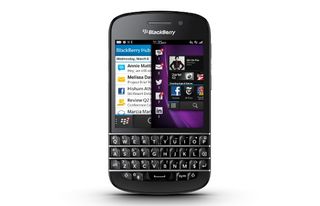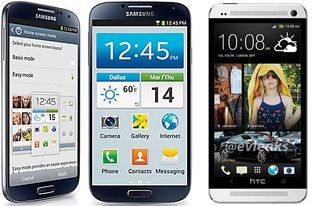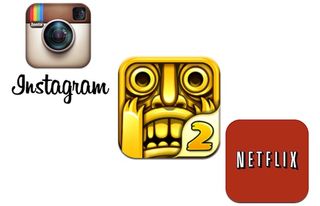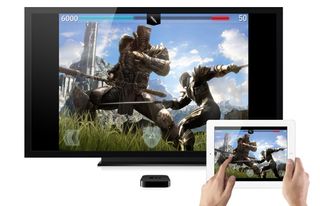5 Reasons BlackBerry's Comeback is Failing
BlackBerry is in deep trouble. Again. The company formerly known as RIM announced fairly dismal results for the first quarter, selling a mere 2.7 million BlackBerry 10 handsets. To put that in perspective, Apple moved 5 million iPhone 5 devices in a single weekend. And Nokia, which has struggled to compete against Android, shipped 5.6 million Lumia Windows Phone 8 handsets in the last quarter. As a result of this gloomy news, BlackBerry's stock plunged a scary 27 percent.
Here are five reasons why BlackBerry's comeback is failing.

The Q10 Didn't Come First
BlackBerry diehards love their physical keyboards, yet the QWERTY-packing Q10 launched well after the all-touch Z10. In our review of the Q10, we praised the comfortable layout on the keyboard and the enhancements BlackBery made to its still-fresh operating system. But by the time the Q10 rolled out to U.S. Carriers, blockbuster Android phones like the Galaxy S4 and HTC One were stealing all the thunder.
More: 25 Worst Gadget Flops of All Time

Lackluster Marketing
After an initial ad blitz, BlackBerry Z10 and Q10 ads are nowhere to be found. And the ads that did air were more slick than informative. Seriously, who green-lighted the Super Bowl commercial in which a guy with a Z10 was alternately on fire and sporting elephant legs Some of the later "Keep Moving" ads were slightly better, highlighting the flick keyboard and Peek feature of BlackBerry 10, but sandwiched between images of a dude on a flying carpet with a monkey a soccer player sliding in wet grass.
More: 14 Essential BlackBerry 10 Tips

BlackBerry Missed the Big-Screen Boat
At a time Android phone makers are pumping out sexy flagships with large displays, the Z10 has a relatively small 4.2-inch display. The Q10 has an even tinier 3.1-inch screen, which makes everything from websites to apps and videos look too scrunched. Meanwhile, the most popular phones right now are 4.7 inches and larger. The rumored BlackBerry A10 will likely bring a big-screen to the family by the end of the year, but consumers are already voting with their wallets that they want more real estate.
Stay in the know with Laptop Mag
Get our in-depth reviews, helpful tips, great deals, and the biggest news stories delivered to your inbox.
More: The Biggest Smartphones in the World

The App Gap
To a certain degree, BlackBerry's effort to port Android apps to BlackBerry 10 has paid off, with more than 120,000 apps available in BlackBerry World. However, they don't feel like native apps, which consumers prefer. And while I'm glad to see of my favorites like Spotify, WhatsApp and Concur (for expenses), there are still plenty of holes. BB 10 users won't find options like Netflix, Hulu, Instagram, Candy Crush Saga or Temple Run 2.
More: 10 Best Apps for BlackBerry 10

There's No Ecosystem Beyond the Phone
Part of the reason why Apple and Samsung have become so dominant in the mobile world is that they have an ecosystem of products. BlackBerry used to sell a tablet, but it just announced that the PlayBook won't be getting updated to BB10. In fact, the CEO said tablets would be dead in 5 years--before backtracking. Apple and Samsung also have products for the living room in Apple TV and Samsung's smart TVs. That makes it harder for BlackBerry to compete when it has a single device that can't connect to anything else.
More: Top 10 iPhone Alternatives
Editor-in-chief Mark Spoonauer directs LAPTOP’s online and print editorial content and has been covering mobile and wireless technology for over a decade. Each week Mark’s SpoonFed column provides his insights and analysis of the biggest mobile trends and news. You can also follow him on Twitter and Google+.
